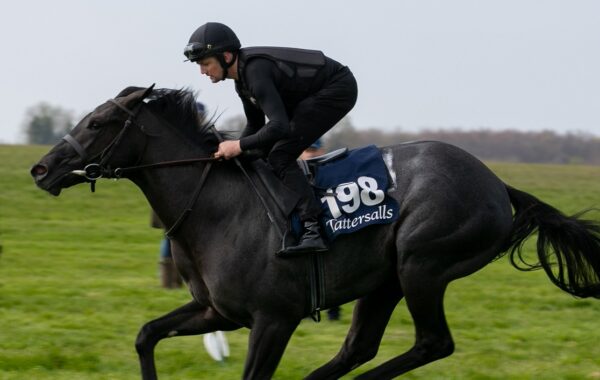Variety being the spice of life, British racing has a deserved international reputation for its diversity, which is why the good health of our Pattern-race programme is so important.
Maintaining a balance of black-type opportunities appropriate to the available horse population, over all distances, for all ages and both sexes, is an over-riding objective if we are to sustain the breed and its own diversity.
For that reason, the TBA welcomes the BHA’s analysis and review of Pattern and black-type races, which is a vital tool of Britain’s thoroughbred racing and breeding activities. So keen were we to be involved in the process from the start that we asked TBA board member Paul Greeves to head a sub-committee that has prepared a paper for submission to the BHA, which outlines our general view of the part that the Pattern-race system plays globally.
No-one is better qualified than Paul to draft our contribution, given his background as a former racing director at the BHB, where dealing with the Pattern and its European ramifications were meat and drink to him, and his current role as chair of the
International Stud Book Committee.
Britain should be unswerving in championing the cause of Group races over extended distances
The TBA’s over-arching principle is that the black-type race programme must be devised with two main aims – to identify the best horses of each generation and to promote competition among them.
Based on a pyramid, with Group 1 at the top, it should provide a balance of top-class opportunities for all horses of both sexes across all distances, and the system has to meet its responsibility as a key tool for sustaining and improving the thoroughbred.
As I alluded to in my AGM speech, it’s important that we, as custodians of the breed, consider the whole structure of racing. Concentrating on one area – the production of fast, precocious two-year-olds, for instance – will do irreparable damage to our sport in the medium and long term, just as much as ignoring other elements, such as providing horses for the staying-race programme, for example. There needs to be a balance between sprint, middle-distance and staying races, which minimises the risk of distortion at the two ends of the distance spectrum in terms of black-type opportunities.
Top-class three-year-old sprinters seem to have a rough deal in the early part of the season, while the blunt approach of judging the value of Pattern races through a purely arithmetic assessment puts the retention of staying races at Group 1 and 2 level in danger.
We believe there are ways of addressing both concerns, so that, first and foremost, the black-type system is constructed in a way whch ensures the best horses are tested against one another and are not given every opportunity to avoid each other while still gaining that all-important black type.
Britain should be unswerving in championing the cause of Group races over extended distances. It means promoting and supporting measures that maintain the position of these races in the Pattern, even when the availability of horses in training to ensure they meet the required Group-race rating parameters is in doubt.
We must sustain stamina attributes within the gene pool, since doing so is of general importance for the breed and of specific importance to ensure Britain’s supply of National Hunt stock. We don’t want to go down the route taken by a number of Australian breeders, which has prompted many owners to head to Europe to source staying stock, having had their breeding pool depleted through a concentration on speed.
If the British Pattern- and Listed-race programme is thrown out of balance, we risk losing the stock to breed our own quality middle-distance and staying horses.
However, we cannot afford to look at any one area in isolation, and we look forward to delving even more deeply into the Pattern review and providing further input when the appropriate information emerges from the BHA’s extensive research and analysis.






